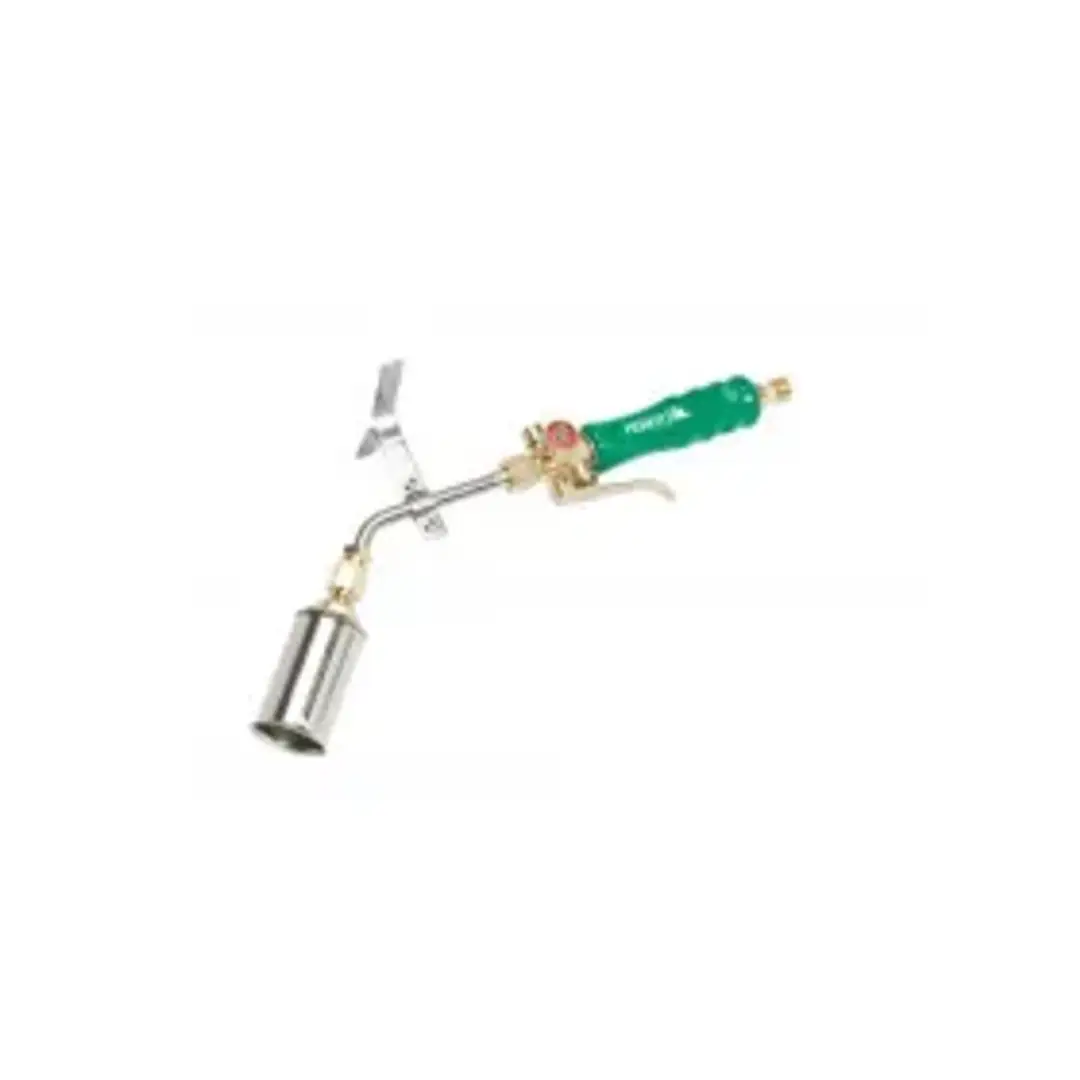

Standing Seam Roof Tools: Essential Bend Metal Tools for Professionals
Standing seam roofs are increasingly popular in the construction industry due to their durability and aesthetic appeal. Using the right tools, such as a bend metal tool, significantly enhances the effectiveness of installing this type of roofing. Understanding the specific tools involved can help streamline the installation process and improve the overall quality of workmanship.
Standing Seam Roof Tools, such as a bend metal tool, are essential for shaping and forming metal sheets, allowing for precise fittings and secure seams. These tools enable contractors to create the necessary angles and curves that define a standing seam roof. Knowing how to effectively use them not only saves time but also minimizes material waste.
For professionals in the roofing sector, having the right equipment is crucial. By choosing the appropriate bend metal tool and mastering its use, they can ensure a successful installation that meets both structural and aesthetic standards.
Essential Standing Seam Roof Tools
When working with standing seam roofing systems, having the right tools is crucial for effective installation. Key tools include seaming tools, crimping tools, and hand seamers, each serving a specific purpose in ensuring a secure and durable roof.
Seaming Tools
Seaming tools are essential for creating tight, watertight seals between metal panels. These tools typically include a power seamer or hand seamer, designed to fold and secure the edges of the panels together.
Power Seamers are preferred for large installations, offering speed and consistent results. They can handle different metal thicknesses and provide adjustable settings for various seam profiles.
Hand Seamers allow for precision work in tighter spaces and are useful for adjustments during installation. They require physical effort but offer greater control over the sealing process.
Using the correct seaming tool reduces the risk of leaks and enhances the longevity of the roof.
Crimping Tools
Crimping tools are designed to create two types of seams: single and double crimp. This process ensures metal panels are interlocked securely, providing structural integrity and enhanced waterproofing.
Manual Crimpers require physical strength but allow for precise control. They are ideal for small jobs or adjustments to panel edges.
Electric Crimpers increase efficiency on larger projects, providing uniform pressure and reducing labor fatigue. They are suitable for professionals who engage in extensive roofing work.
Proper crimping is vital for maintaining the roof’s durability against harsh weather conditions.
Hand Seamers
Hand seamers play a significant role in finishing the seams of standing seam roofs. They are typically used after the initial seaming with a power tool, allowing for adjustments and final touches.
These tools can also be used in areas where power tools cannot reach, making them versatile for detailed work.
Some hand seamers feature rubber handles for improved grip and control. Others have adjustable features for different seam types.
Their use ensures that seams remain secure, reducing the risk of water intrusion and damage over time. Each type of hand seamer can significantly impact the overall quality of the installation.
Bending and Cutting Metal Tools
Bending and cutting metal are essential processes in working with standing seam roofs. The right tools help achieve precise cuts and bends, ensuring quality and efficiency.
Sheet Metal Brakes
Sheet metal brakes are vital for bending metal sheets into various angles and shapes. These tools allow the user to create folds and seams consistently.
Different types of brakes exist, including:
• Box Brakes: Ideal for creating straight bends along the length of a sheet.
• Cornice Brakes: Suitable for making more complex shapes like curves or flares.
• Plate Brakes: Often used for heavier materials, they provide powerful leverage for precise bends.
Operators can find manual or powered options, each catering to different thicknesses of metal.
Nibblers
Nibblers are specialized cutting tools designed to make intricate cuts in sheet metal without causing distortion. They work by removing small bits of material, which minimizes the risk of damaging the metal.
Key advantages of nibblers include:
• Precision: Nibblers provide clean edges, making them ideal for detailed work.
• Versatility: They can handle various thicknesses and materials, accommodating different projects.
• Speed: Nibblers can quickly cut through metal, enhancing productivity.
Some models come equipped with interchangeable blades for added functionality.
Snips
Snips, also known as metal shears, are essential for manual cutting tasks in metalworking. They are available in several types designed for specific cutting needs.
Common types include:
• Aviation Snips: Designed for cutting straight and curved lines, available in left-cut and right-cut variations.
• Straight Snips: Ideal for clean, straight cuts along metal sheets.
• Fine-Cut Snips: Designed for intricate and detailed cuts.
Snips are user-friendly tools that require little maintenance, making them a valuable addition to any metalworking toolkit.
Related Posts
© 2025 Invastor. All Rights Reserved

User Comments